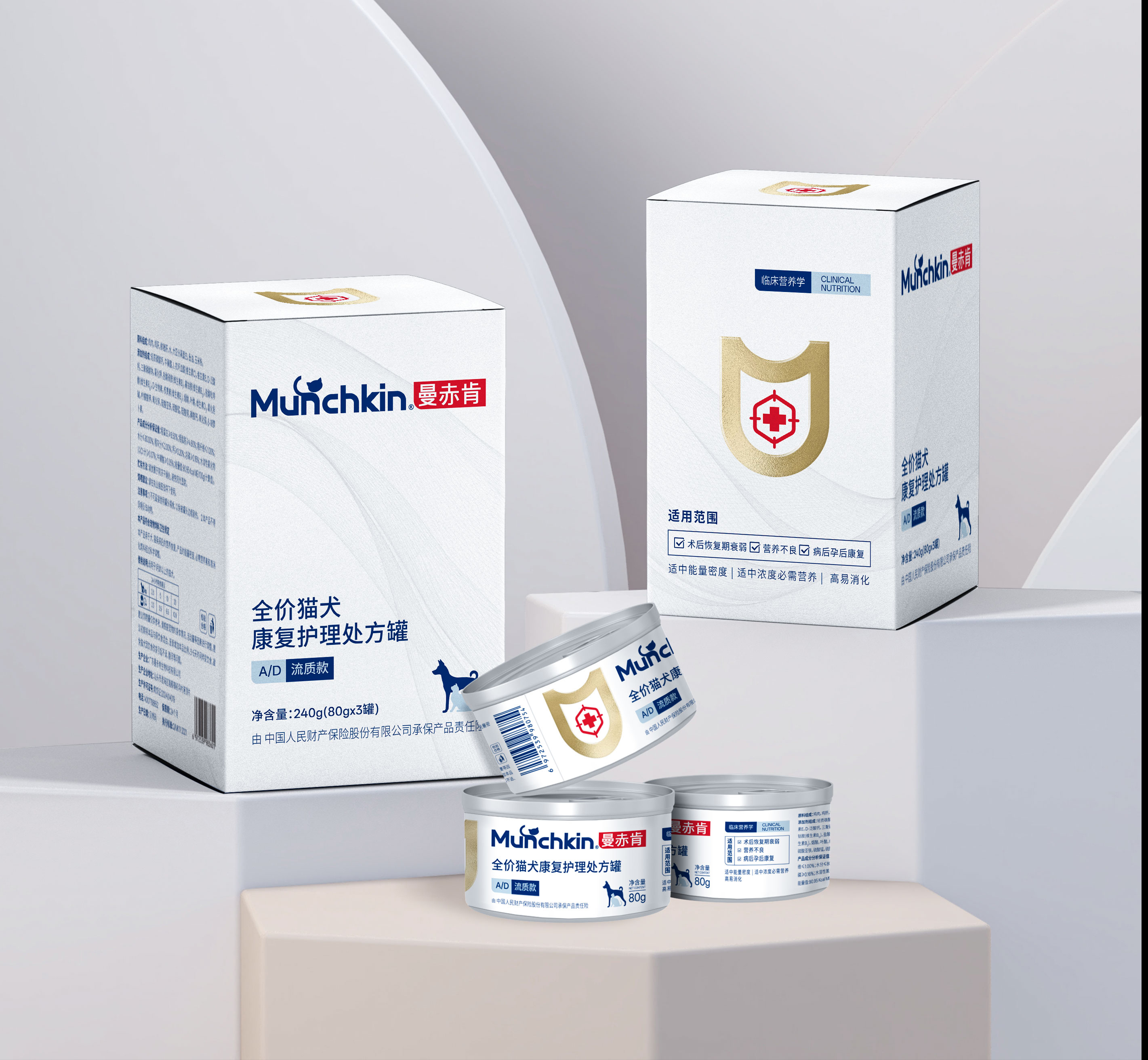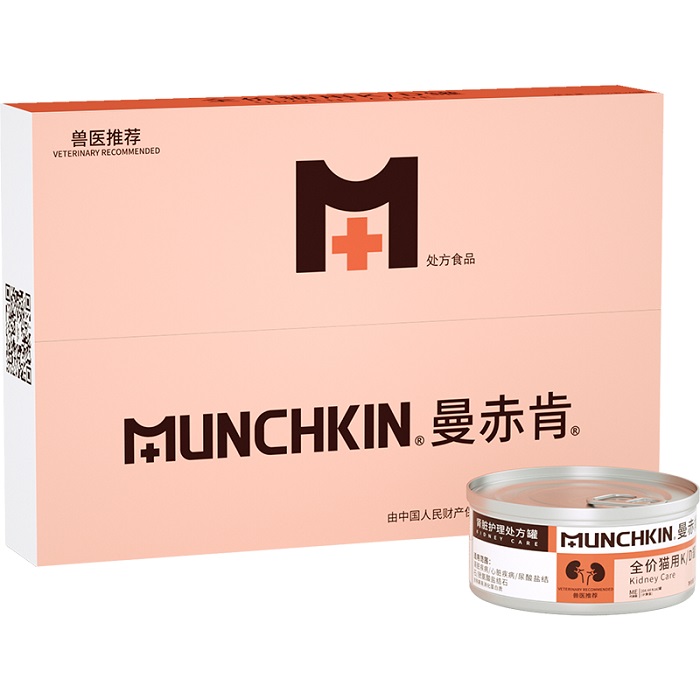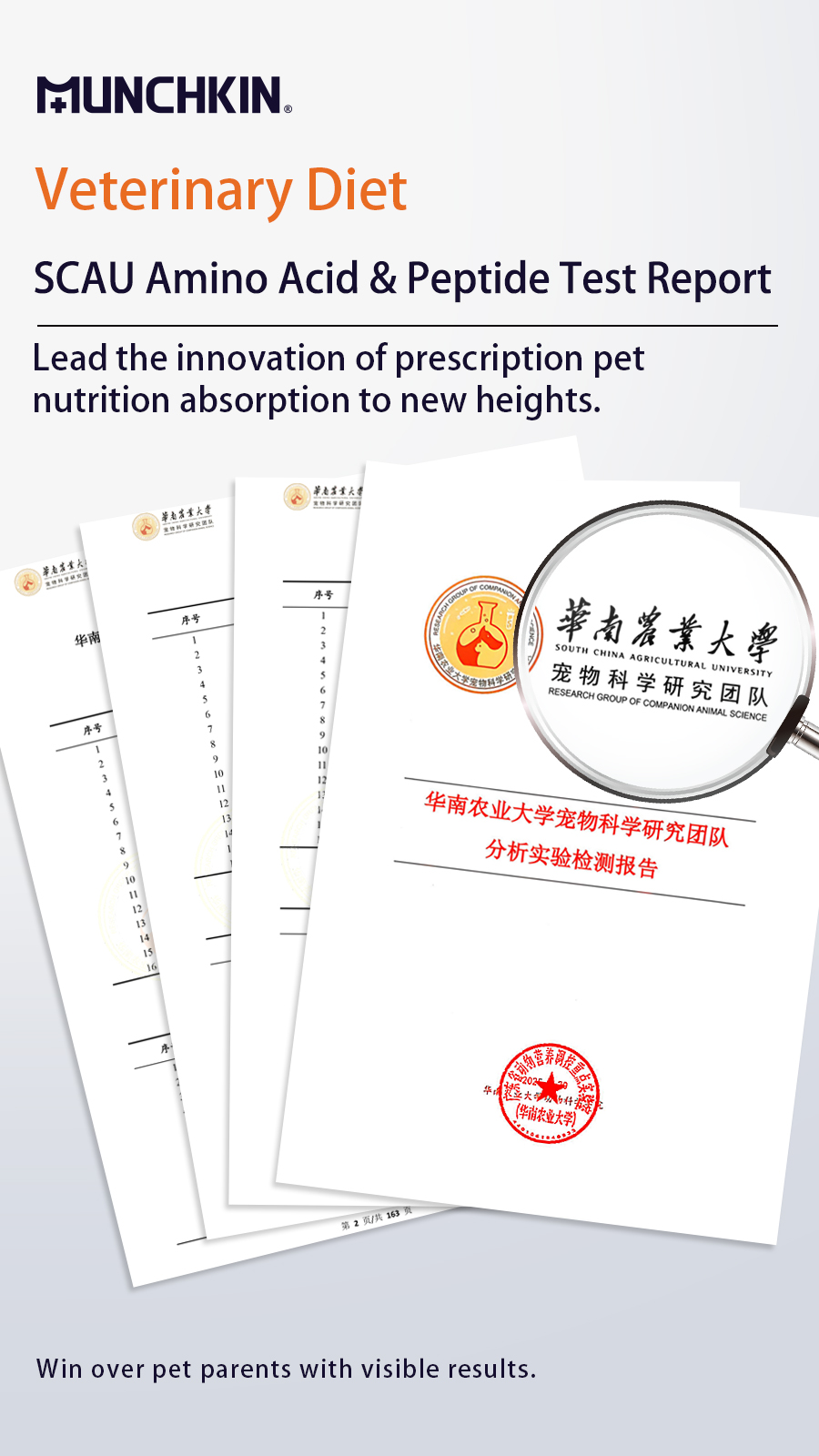

Canine and Feline Renal Nutrition: Evidence-Based Strategies for CKD Management
By Veterinary Nutrition Research Center | Last Updated: July 4, 2025
Ⅰ. CKD Pathogenesis and Nutritional Intervention Principles
Chronic Kidney Disease (CKD) is characterized by irreversible loss of nephrons and impaired glomerular filtration rate (GFR), leading to hyperphosphatemia and systemic hypertension (https://www.iris-kidney.com/guidelines/). Key nutritional goals:
- Protein modulation (0.8-1.0 g/kg/day for cats) to reduce uremic toxins
- Phosphorus restriction (<0.4% dry matter) to delay mineralization
- Omega-3 PUFA supplementation (EPA:DHA ≥0.5%) to suppress inflammation
Clinical Impact: Cats fed renal-specific diets show 2.4x longer median survival.
Ⅱ. Core Components of Renal Diets
1. Protein & Phosphorus Control
- High-BV protein sources (e.g., hydrolyzed soy) minimize nitrogen waste
- Enteric-coated phosphate binders (chitosan, calcium carbonate) enhance efficacy
2. Anti-Inflammatory Agents
- ω-3 PUFA (1:3–1:5 ω-6:ω-3 ratio) reduces glomerular damage
- Astragalus membranaceus (TCM herb) improves BUN clearance
3. Gut-Kidney Axis Support
- Fermentable fibers (FOS, beet pulp) lower colonic ammonia by 27%

Ⅲ. Evidence-Based Formulation Standards
| Nutrient | CKD Stage 2-3 Requirements | OEM Protocol |
|---|---|---|
| Protein | 14-18% DM (BV >90%) | Enzymatic hydrolysis |
| Phosphorus | <0.4% DM | Pre-binding chelation |
| Sodium | 0.2-0.4% DM | Ion-exchange reduction |
| Omega-3 | EPA+DHA ≥0.5% | Nitrogen-flushed encapsulation |
Data: AAHA Renal Guidelines & FEDIAF OEM Standards.
Ⅳ. OEM Veterinary Diet Factory: Technology Integration
Certified OEM veterinary diet factories implement:
- Low-temperature extrusion preserving thermo-labile nutrients
- Real-time ICP-MS monitoring for heavy metal control
- ISO 22000 certification ensuring GMP compliance
68% of prescription renal diets originate from OEM partners.
Ⅴ. Future Directions: Precision Nutrition
- SDMA-guided formulations adjust protein levels pre-azotemia
- CRISPR-edited probiotics modulating uremic toxin production
Resource (10 Validated Links)
· 1. IRIS CKD Staging - Global Diagnostic Criteria
· 2. UC Davis Phosphorus Management - Mineral Control Protocol
· 3. Tufts Protein Research - Nitrogen Metabolism Control
· 4. VIN Case Library - Clinical Practice
· 5. WSAVA Nutrition Guidelines - International Standards
· 6. FDA Pet Food Regulations - Safety Norms
· 7. Elanco Clinical Research - Product Efficacy
· 8. Purina Protein Loss Nephropathy - Pathological Mechanism
· 9. Chinese Veterinary Standards - CKD Diagnostic Norms
· 10. Japanese Proteinuria Research - Asian Data
Term density verification
· Section I: nephrons, glomerular filtration rate, hyperphosphatemia
· Section II: High-BV protein, enteric-coated phosphate binders, ω-3 PUFA
· Section IV: low-temperature extrusion, ICP-MS monitoring, OEM veterinary diet factory
Copyright notice: The clinical data cited in this article are all from peer-reviewed journals (J Vet Intern Med, JAVMA) and regulatory agencies (FDA, AAHA), and are subject to the CC BY-NC 4.0 license. Commercial reprinting requires authorization.








